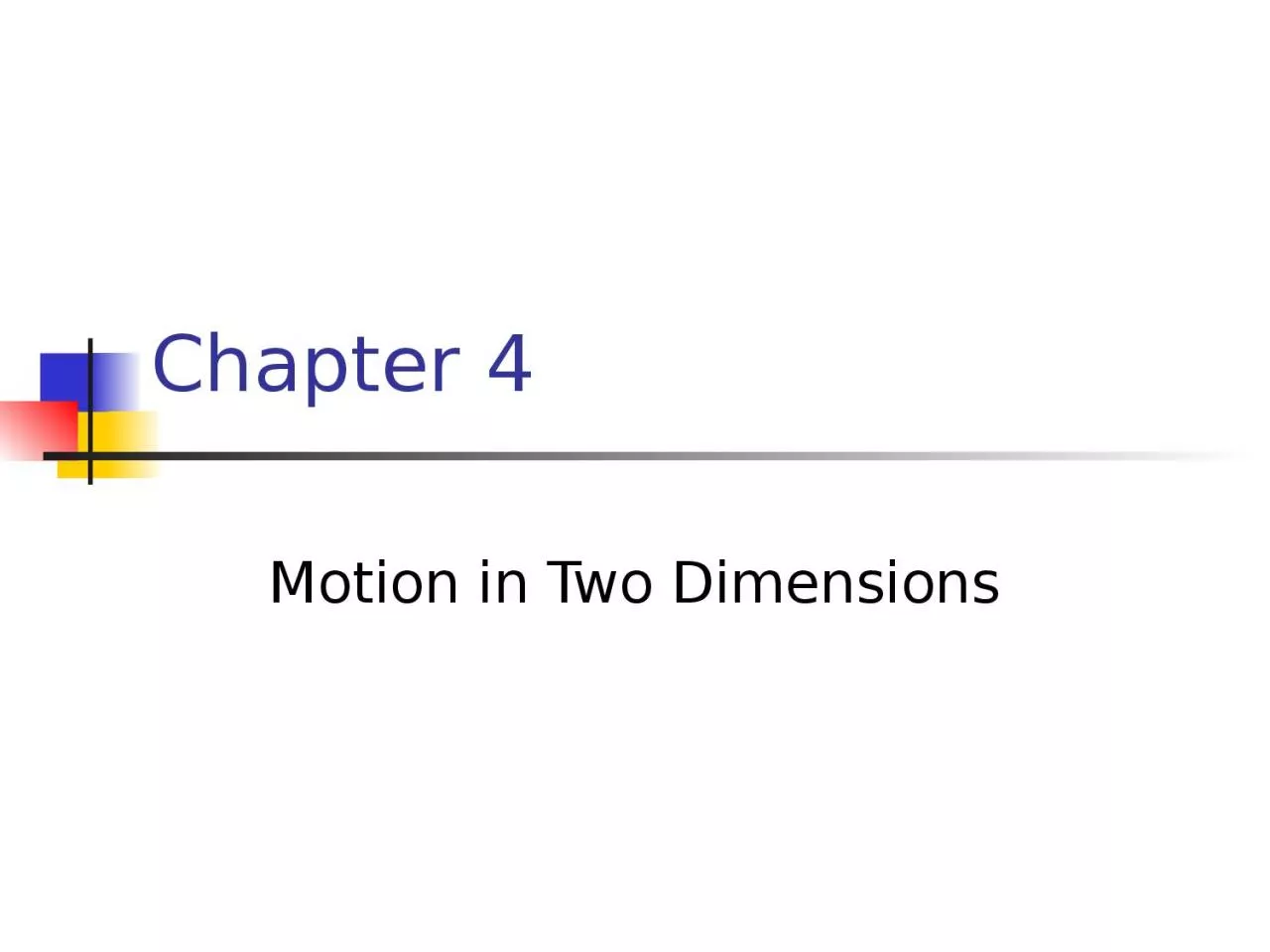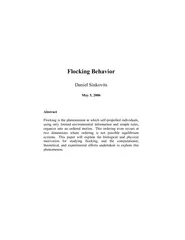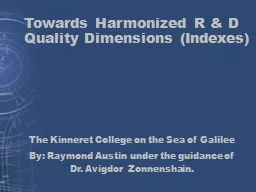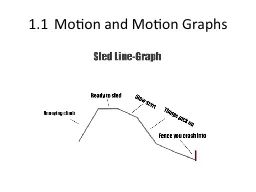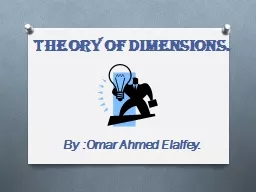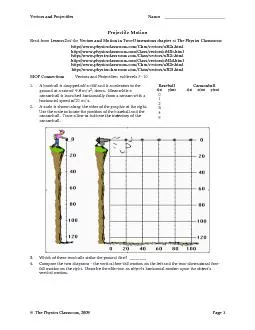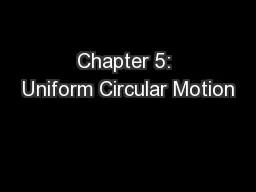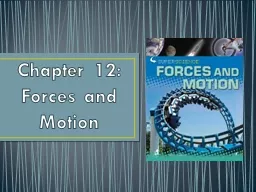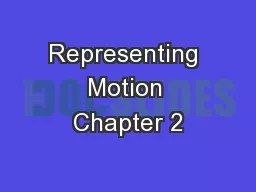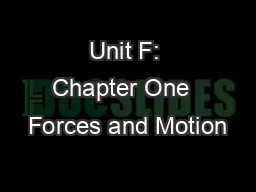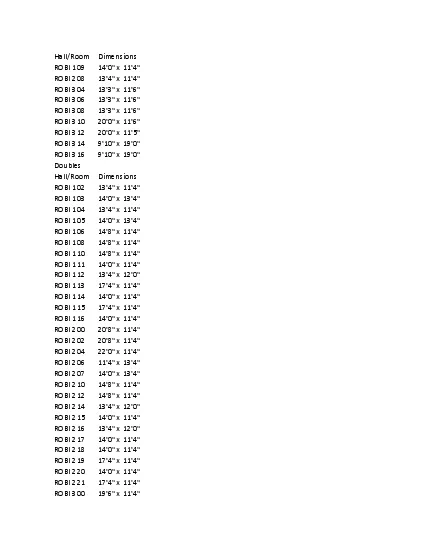PPT-Chapter 4 Motion in Two Dimensions
Author : wilson | Published Date : 2023-07-19
Motion in Two Dimensions Using or signs is not always sufficient to fully describe motion in more than one dimension Vectors can be used to more fully describe
Presentation Embed Code
Download Presentation
Download Presentation The PPT/PDF document "Chapter 4 Motion in Two Dimensions" is the property of its rightful owner. Permission is granted to download and print the materials on this website for personal, non-commercial use only, and to display it on your personal computer provided you do not modify the materials and that you retain all copyright notices contained in the materials. By downloading content from our website, you accept the terms of this agreement.
Chapter 4 Motion in Two Dimensions: Transcript
Download Rules Of Document
"Chapter 4 Motion in Two Dimensions"The content belongs to its owner. You may download and print it for personal use, without modification, and keep all copyright notices. By downloading, you agree to these terms.
Related Documents

